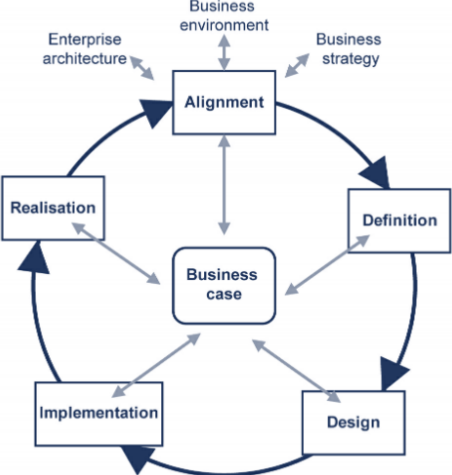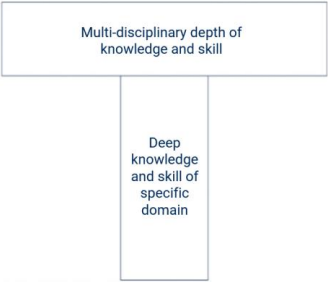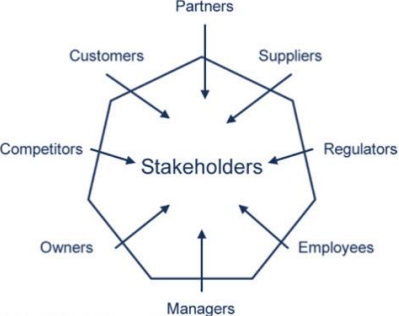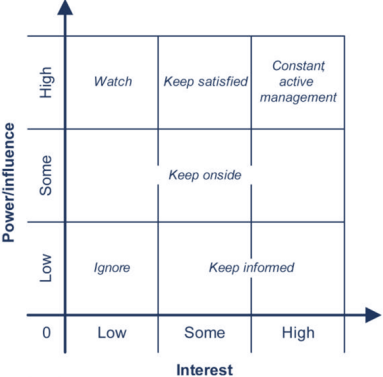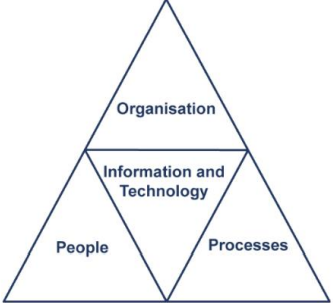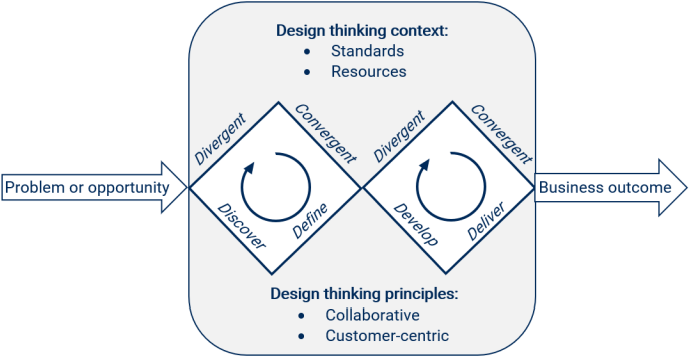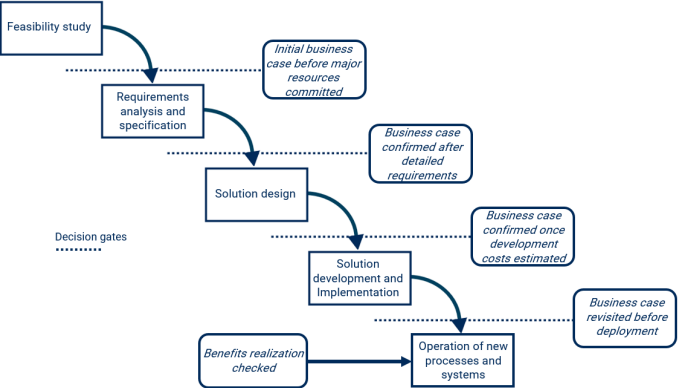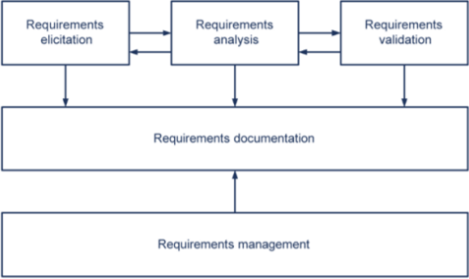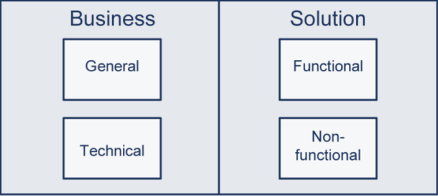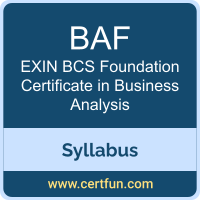 Use this quick start guide to collect all the information about EXIN BAF Certification exam. This study guide provides a list of objectives and resources that will help you prepare for items on the EXIN BCS Foundation Certificate in Business Analysis (BAF) exam. The Sample Questions will help you identify the type and difficulty level of the questions and the Practice Exams will make you familiar with the format and environment of an exam. You should refer this guide carefully before attempting your actual EXIN BCS Foundation Certificate in Business Analysis certification exam.
Use this quick start guide to collect all the information about EXIN BAF Certification exam. This study guide provides a list of objectives and resources that will help you prepare for items on the EXIN BCS Foundation Certificate in Business Analysis (BAF) exam. The Sample Questions will help you identify the type and difficulty level of the questions and the Practice Exams will make you familiar with the format and environment of an exam. You should refer this guide carefully before attempting your actual EXIN BCS Foundation Certificate in Business Analysis certification exam.
The EXIN BAF certification is mainly targeted to those candidates who want to build their career in Business & Service Management domain. The EXIN BCS Foundation Certificate in Business Analysis exam verifies that the candidate possesses the fundamental knowledge and proven skills in the area of EXIN Business Analysis Foundation.
EXIN BAF Exam Summary:
| Exam Name | EXIN BCS Foundation Certificate in Business Analysis |
| Exam Code | BAF |
| Exam Price | $288 (USD) |
| Duration | 60 mins |
| Number of Questions | 40 |
| Passing Score | 65% |
| Books / Training | [Webinar] 'Striving for Business Analysis Excellence with Ian Richard' on September 1. |
| Schedule Exam | EXIN |
| Sample Questions | EXIN BAF Sample Questions |
| Practice Exam | EXIN BAF Certification Practice Exam |
EXIN Business Analysis Foundation Exam Syllabus Topics:
| Topic | Details | Weights |
|---|---|---|
| What is Business Analysis? |
The candidate can… - describe the business change lifecycle. - list the key principles of business analysis.
- describe the variants of the business analyst role.
|
5% |
| The Competencies of a Business Analyst |
The candidate can… - explain the concept of the T-shaped professional.
|
2.5% |
| The Strategic Context for Business Analysis |
The candidate can… - describe business analysis and the strategic context.
- define the factors assessed using PESTLE to analyze an external environment.
- identify the elements of the VMOST technique used to analyze an internal environment.
- describe the elements of performance measurement.
- describe the structure of a SWOT analysis.
- describe the techniques used in strategy execution.
|
7.5% |
| The Business Analysis Service Framework (BASF) |
The candidate can… - identify the activities in the BASF.
|
2.5% |
| Investigating the Business Situation |
The candidate can… - define workshops.
- define observation.
- define interviews.
- define scenarios.
- define prototyping.
- define user role analysis.
- define quantitative approaches.
- describe two diagrammatic techniques used to record a business situation.
|
12.5% |
| Analyzing and Managing Stakeholders |
The candidate can… - identify stakeholder categories using the stakeholder wheel.
- describe stakeholder responsibilities using a RACI chart.
|
10% |
| Improving Business Services and Processes |
The candidate can… - explain the business process hierarchy.
- list the techniques used to model the enterprise level processes.
- describe the aspects of the event-response level.
- describe the aspects of the actor-task level
- describe the aspects of the as-is process model.
- identify generic approaches to improving business processes.
- define the purpose of customer journey maps.
|
12.5% |
| Defining the Solution |
The candidate can… - describe the gap analysis process.
- explain the use of POPIT™ in gap analysis.
- describe the purpose of design thinking.
|
7.5% |
| Making the Business Case |
The candidate can… - describe the lifecycle for a business case in business case development. - identify the areas of feasibility assessment.
- define the structure and contents of a business case.
- list the key features relevant to the production of a business case within an Agile context.
- identify the elements of a CARDI log.
- explain the purpose of the investment appraisal techniques.
|
5% |
| Establishing the Requirements |
The candidate can… - explain the requirements engineering (RE) framework. - identify the actors in requirements engineering (RE).
- identify the types of requirements.
- describe the requirements elicitation techniques
- explain the elements of requirements analysis.
|
10% |
| Documenting and Modelling Requirements |
The candidate can… - identify the documentation styles.
- list the elements of a requirements catalogue.
- describe the format of user stories.
- describe the elements of the use case diagram used to model functional requirements.
- describe the elements of a class model used to model data.
- describe the product backlog in modelling and documentation in an Agile environment.
- define the structure of the business requirements document. |
10% |
| Validating and Managing Requirements |
The candidate can… - describe the types of requirements validation.
- describe the aspects of requirements management.
|
5% |
| Delivering the Requirements |
The candidate can… - describe the types of delivery lifecycle.
- explain advantages and disadvantages of the lifecycles.
|
5% |
| Delivering the Business Solution |
The candidate can… - explain the role of the business analyst in the business change lifecycle.
- describe the role of the business analyst during the design, development and test stages.
- describe the approaches used in the implementation stage.
- describe how the benefits plan is used in the realization stage.
|
5% |
To ensure success in EXIN Business Analysis Foundation certification exam, we recommend authorized training course, practice test and hands-on experience to prepare for EXIN BCS Foundation Certificate in Business Analysis (BAF) exam.

